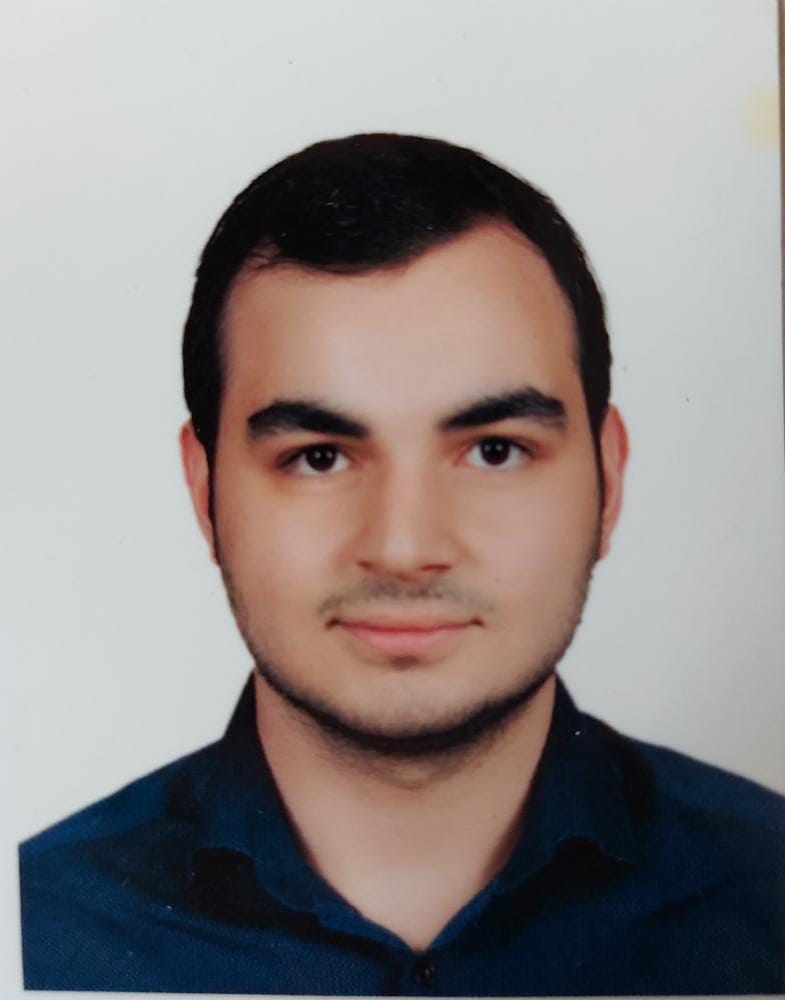Summary
This project focuses on the application of artificial intelligence for object tracking and counting on a product line using the MMTracking library. The project addresses challenges such as accurate object detection and tracking in a dynamic production environment. A video dataset capturing a fixed product line with coconuts passing through was used for this study. The project involved labeling the video data, training object detection and re-identification models, and implementing a tracking algorithm to count objects by size.

The approach leverages deep learning models, specifically Faster R-CNN for object detection and DeepSORT for tracking, to achieve high accuracy in tracking and counting objects. The project demonstrates the potential of AI to enhance efficiency in industrial settings by providing real-time monitoring and analysis of production lines.
1. Methods
- Faster R-CNN
The Faster R-CNN model was chosen for its robust object detection capabilities. It uses a Region Proposal Network (RPN) to generate high-quality region proposals, which are then classified and refined. The model was trained using a dataset labeled with bounding boxes for each object, ensuring precise detection. - DeepSORT
DeepSORT was employed for object tracking, utilizing a combination of Kalman filtering and a deep association metric to maintain object identities across frames. This method reduces identity switches and improves tracking accuracy, even in crowded scenes.
2. Approaches
The project began with the installation and configuration of the MMTracking library, followed by the resolution of installation errors. A comprehensive literature review was conducted to select the most suitable models and methods for the task. The video data was labeled using Label Studio, and the labeled data was processed to train the models.
The Faster R-CNN model was trained with a ResNet-50 backbone, and the re-identification model was trained using ResNet-50 with CrossEntropyLoss and TripletLoss. The models were integrated into the DeepSORT framework to enable effective tracking and counting of objects by size.
3. Results and Review
The trained models demonstrated high accuracy in object detection and tracking. The following tables summarize the performance metrics obtained from tracking and counting coconuts in a product line using advanced computer vision techniques:
Tracking Performance
| Metric | Value |
|---|---|
| HOTA | 84.305 |
| DetA | 82.454 |
| AssA | 86.44 |
| DetRe | 87.39 |
| DetPr | 86.593 |
| AssRe | 91.103 |
| AssPr | 88.949 |
| LocA | 88.359 |
| OWTA | 86.905 |
| HOTA(0) | 95.897 |
| LocA(0) | 87.25 |
| HOTALocA(0) | 83.67 |
Counting Metrics
| Metric | Value |
|---|---|
| Detections | 2633 |
| Ground Truth Detections | 2609 |
| Unique IDs | 36 |
| Ground Truth IDs | 36 |
Overall Metrics
| Metric | Value |
|---|---|
| IDF1 | 97.5% |
| IDP | 97.0% |
| IDR | 97.9% |
| Recall (Rcll) | 98.0% |
| Precision (Prcn) | 97.1% |
| GT | 36 |
| MT (Mostly Tracked) | 35 |
| PT (Partially Tracked) | 0 |
| ML (Mostly Lost) | 1 |
| False Positives (FP) | 77 |
| False Negatives (FN) | 53 |
| ID Switches (IDs) | 1 |
| Fragmentation (FM) | 1 |
| MOTA | 95.0% |
| MOTP | 0.128 |
| ID Switches (IDt) | 0 |
| ID Ass. Errors (IDa) | 1 |
| ID Merge Errors (IDm) | 0 |
| HOTA | 84.305 |
These results demonstrate the accuracy and robustness of the tracking and counting system in a real-world product line scenario, highlighting its effectiveness in identifying and monitoring coconuts throughout the production process.
4. Conclusion
This project showcases the effective use of AI in industrial applications, particularly in object tracking and counting on production lines. The integration of MMTracking with deep learning models offers a scalable and adaptable solution for real-time monitoring and analysis, contributing to improved operational efficiency.
You can see the project codes from here.
Project information
- Project Name: Computer Vision-based Disease Detection for the Abdominal Region
- Project Category: Deep Learning
- Project date: 14 June, 2024
- Github: Link
